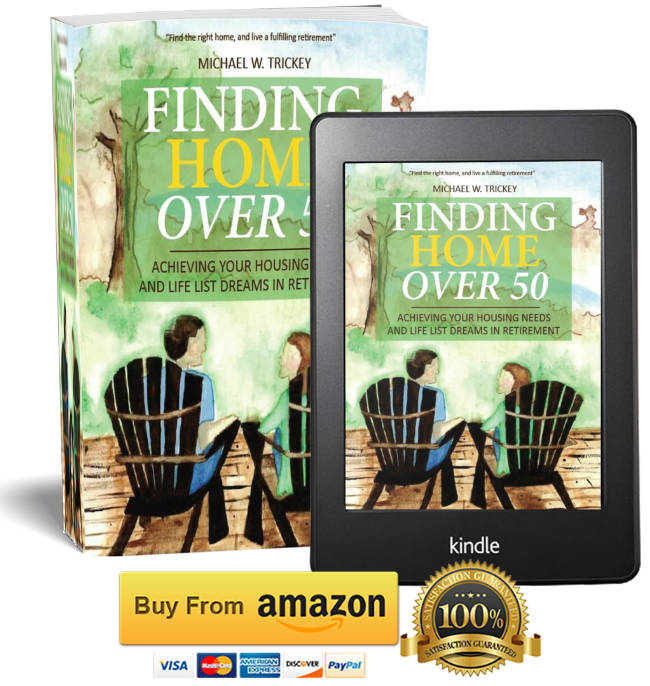
Chapter 4 helps you to identify and come to grips with the clutter in your home and provides ideas and outlets for getting rid of it.
4-1 So Much to Purge, So Little Time.
One of the most important and beneficial actions you can take now is to begin downsizing all elements of your life…
4-2 Purging Possessions.
Are you a hoarder, a minimalist, or more likely, somewhere in between? To differing degrees, we seem to have a primal urge to stow things away just in case we need them some day. This same urge makes it difficult to get rid of the stuff, even as it sits practically unused…
4-2-1 Get Rid of These items.
The primary categories of items I suggest you include on your purge list are the following…
4-2-2 Hold on to These Items..
When you are purging, there are some items you need to keep…
4-3 How and Where to Get Rid of Items.
Being unable to figure out how or where to get rid of things is often what stops people from ever doing it. We want to get some money if we can, we do not want to add to landfills, we want to make sure that charities really get our stuff to intended recipients, and so forth. Do not let that be your show-stopper. Many good options exist, and there are multiple websites and services that offer additional ways to get rid of things…
4-3-1 Create Digital Images
A great device to enable decluttering is a document scanner that attaches to your computer. Using it, you can scan your documents to digital images, then save the images to a hard drive, thumb drive, or to a “cloud” account you have established. Then purge the paper copies of non-vital documents. Read more to learn about scanning devices that you can use to create digital images of your documents and/or photo, and see examples of product purchase options.
4-3-2 Sell It.
You can sell your items directly to other people online, through or to “brick and mortar” consignment stores and pawn shops, at a garage or estate sale or an auction, or you can sell your home furnished. Depending on the type, size, and value of individual items, one method may hold advantages over others. You are not bound to a single outlet for all your items; you can split them up to optimize sales channels…
4-3-3 Gift It.
One way to declutter is to give things away. Likely recipients include your children, grandchildren, other relatives, and friends. Many items have value or meaning to you, and you want to pass those items to those you love…
4-3-4 Donate It.
You may want to donate some of your possessions to an organization or charity for a variety of reasons. These may range from gaining recognition, getting a warm feeling of giving back, responding to moral convictions, reacting to personal tragedy, getting an income tax deduction, avoiding estate tax, or even desiring to make your heirs earn their own way…
4-3-5 Recycle or Repurpose It.
Some of your unneeded possessions can be repurposed or recycled. Some people may pay you, while others will take your items for free. The latter will at least keep the items from going into a landfill.
You might be surprised by the variety of items that can be recycled and repurposed. Here are lists of some items segregated by repurposing and recycling categories…
4-3-6 Trash It.
Some unneeded and unwanted items cannot be recycled. Those you will need to trash. Some you can put out at the curb on trash day, while others will require you to use a trash haul-away service…
4-4 How to Deal with Uncertainty about What to Purge.
Some things you will be unsure about keeping or purging. For those items you need to give yourself a buffer period. Here is a strategy that works…
4-4-1 Do Not Add to the Clutter Problem.
Stuff you do not acquire cannot add to your clutter. Start scrutinizing every purchase. What are your true motivations for acquiring it? …
4-4-2 Set a Timeline.
Set a timeline for getting rid of items. You may want to do it in sequential stages, attacking items in different categories in each stage…
4-5 Bibliography for Chapter 4.
